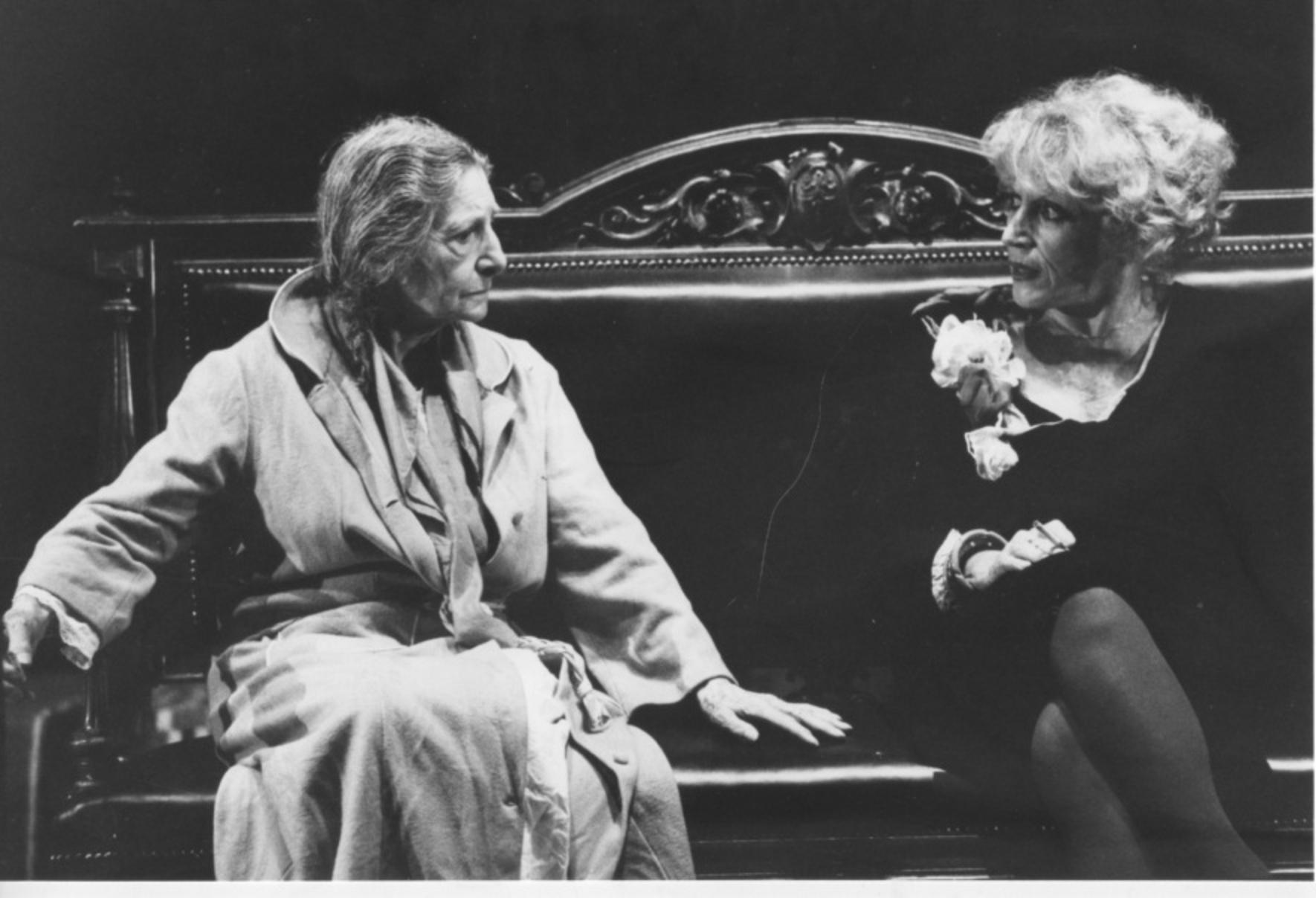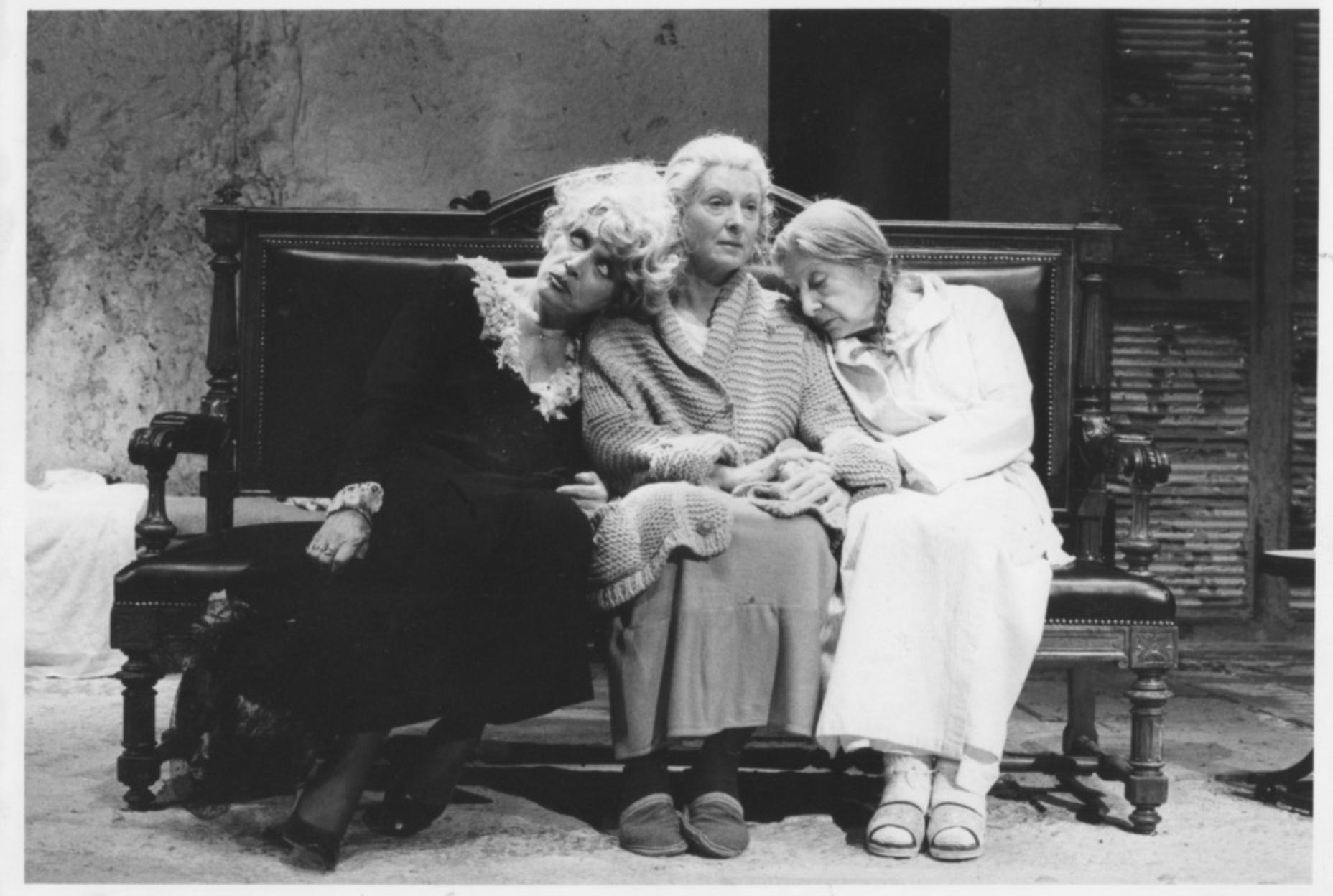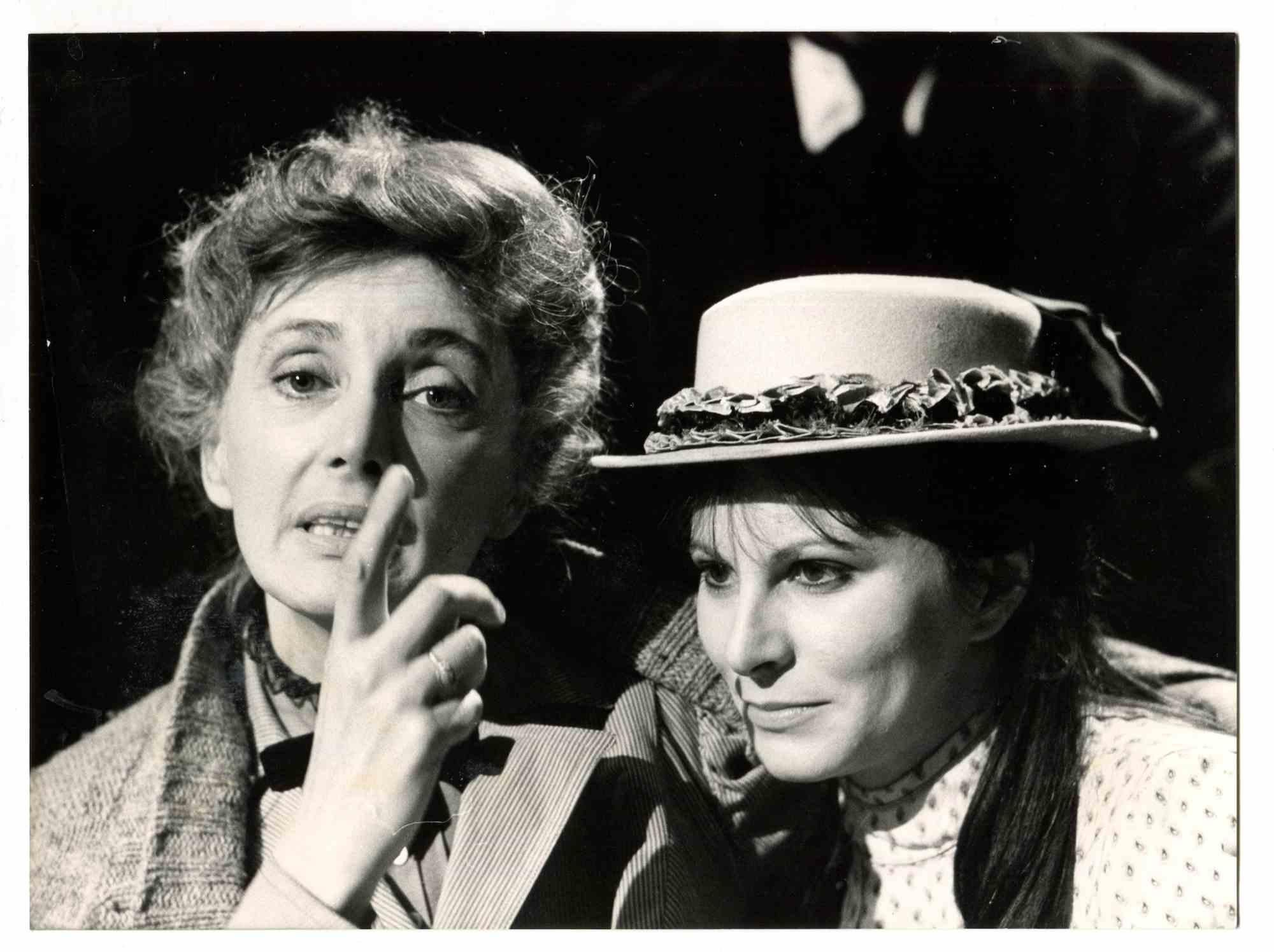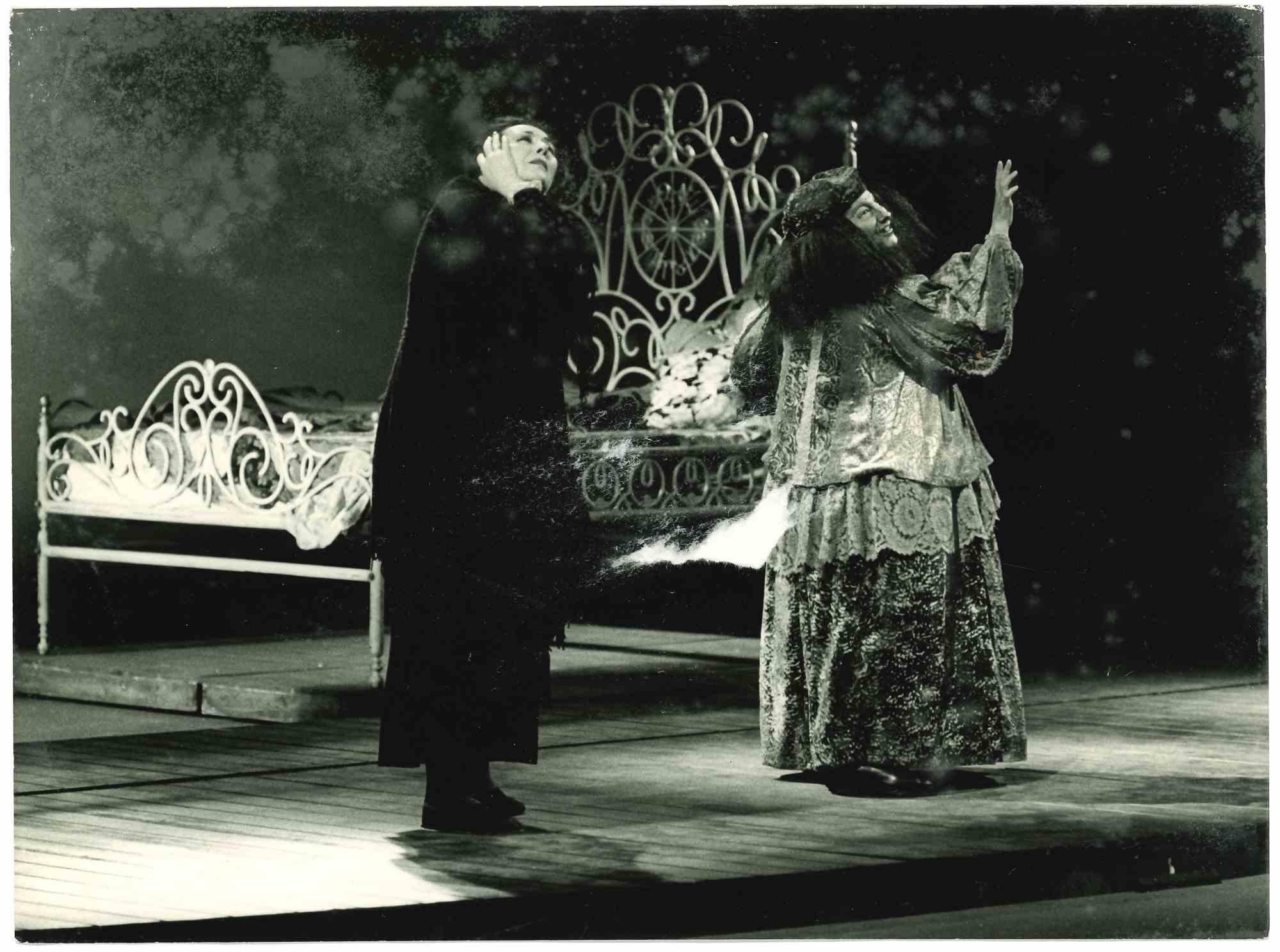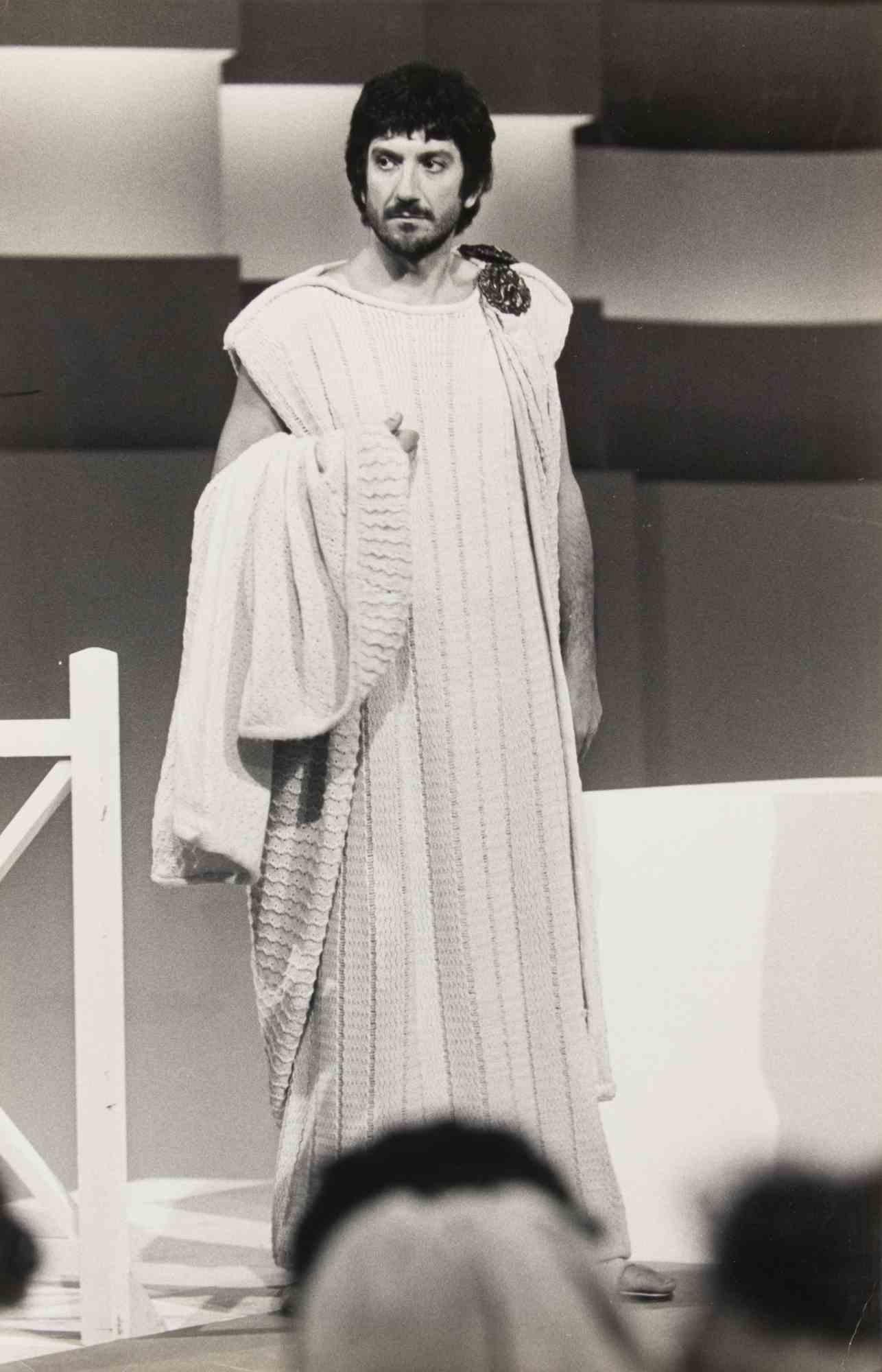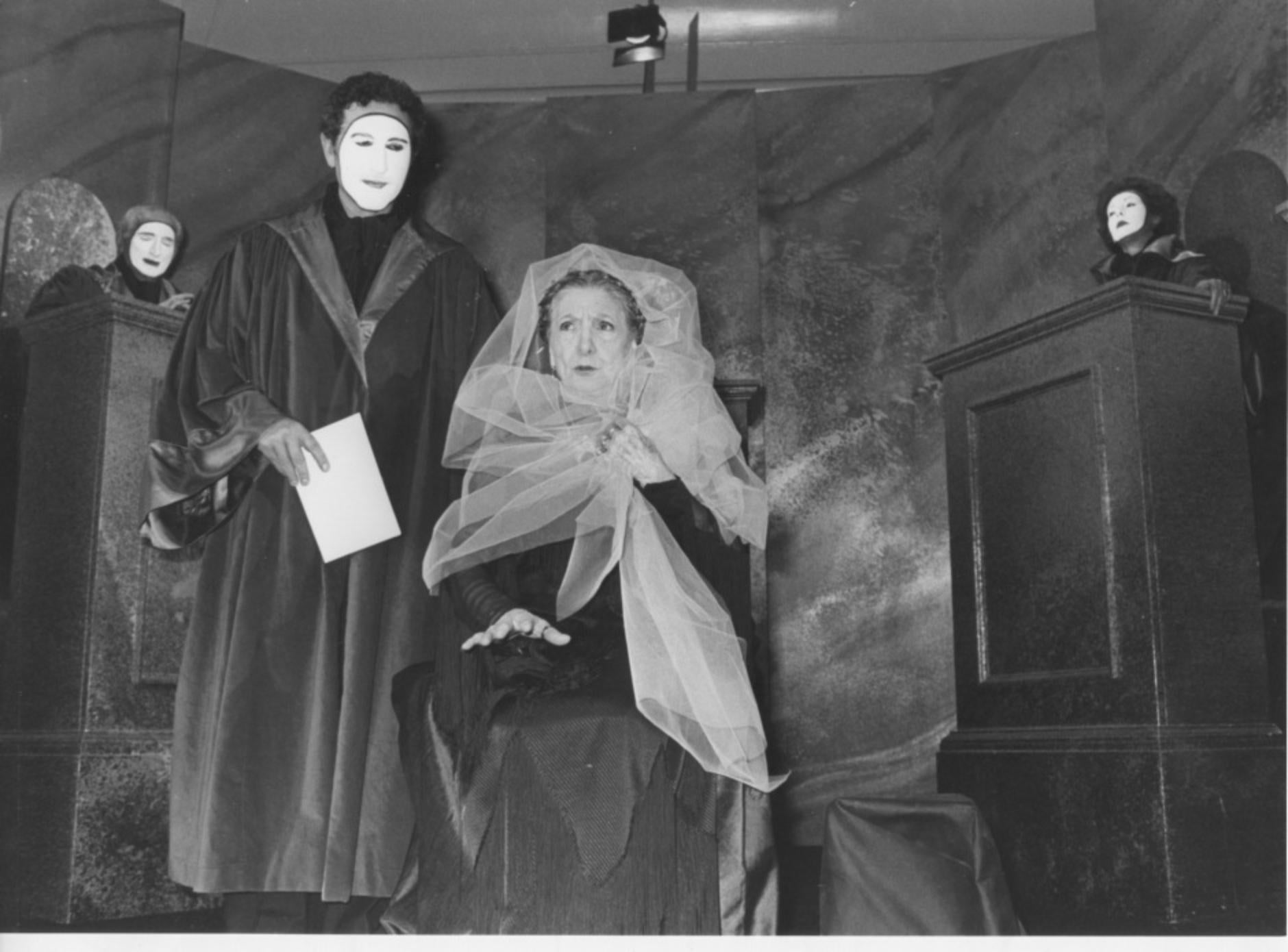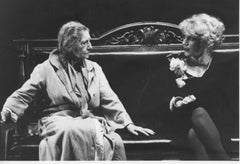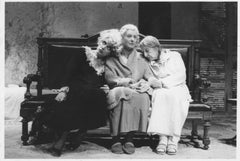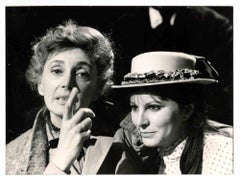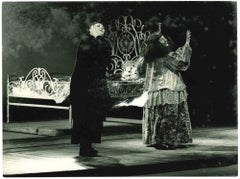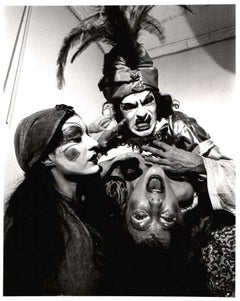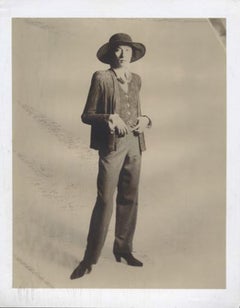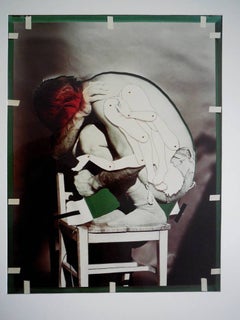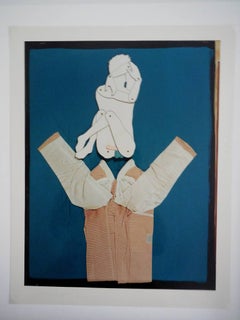Items Similar to The Terrible Relatives by J. Cocteau - Vintage Photo by Tommaso La Pera - 1970s
Want more images or videos?
Request additional images or videos from the seller
1 of 2
Tommaso La PeraThe Terrible Relatives by J. Cocteau - Vintage Photo by Tommaso La Pera - 1970s1970s
1970s
$191.58
£141.62
€160
CA$260.57
A$291.96
CHF 151.98
MX$3,571.73
NOK 1,929.08
SEK 1,821.99
DKK 1,218.32
Shipping
Retrieving quote...The 1stDibs Promise:
Authenticity Guarantee,
Money-Back Guarantee,
24-Hour Cancellation
About the Item
Vintage photograph realized in 1970s.
Luca Biagini, Rita Di Lernia, Cristina Noci.
Excellent condition.
- Creator:Tommaso La Pera
- Creation Year:1970s
- Dimensions:Height: 7.09 in (18 cm)Width: 9.45 in (24 cm)Depth: 0.04 in (1 mm)
- Medium:
- Movement & Style:
- Period:
- Framing:Framing Options Available
- Condition:Insurance may be requested by customers as additional service, contact us for more information.
- Gallery Location:Roma, IT
- Reference Number:Seller: T-1550731stDibs: LU650316443842
About the Seller
4.9
Platinum Seller
Premium sellers with a 4.7+ rating and 24-hour response times
1stDibs seller since 2017
7,615 sales on 1stDibs
Typical response time: 3 hours
- ShippingRetrieving quote...Shipping from: Roma, Italy
- Return Policy
Authenticity Guarantee
In the unlikely event there’s an issue with an item’s authenticity, contact us within 1 year for a full refund. DetailsMoney-Back Guarantee
If your item is not as described, is damaged in transit, or does not arrive, contact us within 7 days for a full refund. Details24-Hour Cancellation
You have a 24-hour grace period in which to reconsider your purchase, with no questions asked.Vetted Professional Sellers
Our world-class sellers must adhere to strict standards for service and quality, maintaining the integrity of our listings.Price-Match Guarantee
If you find that a seller listed the same item for a lower price elsewhere, we’ll match it.Trusted Global Delivery
Our best-in-class carrier network provides specialized shipping options worldwide, including custom delivery.More From This Seller
View AllPaola Borboni and Diana Dei - Vintage Photo -1970s
Located in Roma, IT
Vintage Photo.
Paola Borboni and Diana Dei during the show "Three Owls on the Dresser" written by Fabio Battistini.
Photo by Tommaso Le Pera
Category
1970s Contemporary Figurative Photography
Materials
Photographic Paper
The Actresses Paola Borboni, Diana Dei and Franca Maresa - Vintage Photo -1980s
Located in Roma, IT
Vintage Photo.
The Italian Actresses Paola Borboni, Franca Maresa and Diana Dei in "three owls on the dresser" Romeo De Baggis. Directed by Terry D'Alfonso.
Photo by Tommaso Le Pera.
Category
1980s Contemporary Figurative Photography
Materials
Photographic Paper
Rosanna Lambertucci - Vintage Photograph - 1980s
Located in Roma, IT
Rosanna Lambertucci is a vintage black and white photograph realized in 1980s.
Good conditions.
Category
1980s Contemporary Figurative Photography
Materials
Photographic Paper
Katia Angeloni - Vintage Photograph - 1980s
Located in Roma, IT
Katia Angeloni - Vintage Photograph is an original black and white photograph realized in 1980s.
Good conditions.
Category
1980s Contemporary Figurative Photography
Materials
Photographic Paper
Gigi Proietti - Vintage Photograph - 1970s
Located in Roma, IT
Gigi Proietti is a black and white vintage photo, realized in 1970s.
The photo depicts the italian actor and showman, Luigi Proietti.
Good conditions and aged.
It belongs to a his...
Category
1970s Contemporary Figurative Photography
Materials
Photographic Paper
The Italian Actress Paola Borboni - Vintage Photo -1980s
Located in Roma, IT
Vintage Photo.
In this photo by the Italian news agency S.p.a, there is the Italian actress Paola Borboni with an other player during a play.
Category
1980s Contemporary Figurative Photography
Materials
Photographic Paper
You May Also Like
John Vaccaro's Play House of the Ridiculous performing Persia: A Desert Cheapie
By Jack Mitchell
Located in Senoia, GA
John Vaccaro's Play House of the Ridiculous performing ‘Persia: A Desert Cheapie’ in 1972, photographed for The New York Times. This is an 8 x 10" vintage s...
Category
1970s Pop Art Black and White Photography
Materials
Silver Gelatin
"Connoisseur Magazine, Armani", New York, NY, 1988
By Jose Picayo
Located in Hudson, NY
This photograph is printed on Japanese Paper.
The price is for an unframed photograph.
11" X 14" Edition of 25.
The Robin Rice Gallery is pleased to announce, 25 Years of Polaro...
Category
1980s Contemporary Portrait Photography
Materials
Photographic Paper
Price Upon Request
Rare Harry Bowers Vintage C Print Photograph From Ten Photographs Fashion Photo
By Harry Bowers
Located in Surfside, FL
HARRY BOWERS
T E N P H O T O G R A P H S
I DON'T LOOK FOR PHOTOGRAPHS I INVENT THEM
I recall my first meeting with Harry Bowers in California a few years ago. As he produced his large-scale prints, I was at first flabbergasted, not only by their size, but by their seamless perfection. Technique appeared to be everything but then technique as technique simply vanished. After the first moment, technique was no longer an issue, but rather a passageway to the imagery.
Suffice it to say about Harry Bowers' working style that he is an obsessive man. Trained as an engineer, he has turned that discipline to art. His lenses, equipment and darkroom, much of it exactingly manufactured by himself to answer certain needs, serve the desire of the artist to take photographic technique to its ultimate perfection in invisibility and transparency. I respect obsession in art, and particularly in photography, because obsession in photography passes beyond the easy, middle ground of image making to a more demanding, more difficult, yet more rewarding end. Bowers' obsession is to eliminate "photography as technique." No grain, no decisive moments, no journalism, or, seemingly, direct autobiographical endeavors appear in his work.
Bowers is an artist of synthesis who controls his environment if only in the studio exactly to his liking. The images he creates are formal structures, saucy stories on occasion, which may offer hints of a darker, more frightening sexuality, but what you see is the end product of an experiment in which nothing save the original insight perhaps is left to chance.
We seem fascinated with the idea of replication of reality in art. Popular painting frequently reproduces a scene "with the accuracy of a photograph," and photographs may "make you feel as though you were right there." The very invisibility of the photographic medium is important to Bowers, in that it allows him to maneuver his subject matter without concern for rendering it in an obvious art medium which would interfere with the nature of the materials he uses. The formal subtleties of Bowers' recent work are as delicious and ambiguous in their interrelationships as the best Cubist collages, yet while those collages always suggest their parts through edge and texture, these photographs present a structure through a surface purity.
Bowers' earlier works, for example, the Skirts I Have Known series, were formed of bits of clothing belonging to Bowers and his wife or found at local thrift shops. These works fused an elegance of pattern and texture, reminiscent of Miriam Shapiro...
Category
1980s Photography
Materials
Photographic Paper
Large Harry Bowers Vintage C Print Photograph From Ten Photographs Fashion Photo
By Harry Bowers
Located in Surfside, FL
HARRY BOWERS
T E N P H O T O G R A P H S
I DON'T LOOK FOR PHOTOGRAPHS I INVENT THEM
I recall my first meeting with Harry Bowers in California a few years ago. As he produced his large-scale prints, I was at first flabbergasted, not only by their size, but by their seamless perfection. Technique appeared to be everything but then technique as technique simply vanished. After the first moment, technique was no longer an issue, but rather a passageway to the imagery.
Suffice it to say about Harry Bowers' working style that he is an obsessive man. Trained as an engineer, he has turned that discipline to art. His lenses, equipment and darkroom, much of it exactingly manufactured by himself to answer certain needs, serve the desire of the artist to take photographic technique to its ultimate perfection in invisibility and transparency. I respect obsession in art, and particularly in photography, because obsession in photography passes beyond the easy, middle ground of image making to a more demanding, more difficult, yet more rewarding end. Bowers' obsession is to eliminate "photography as technique." No grain, no decisive moments, no journalism, or, seemingly, direct autobiographical endeavors appear in his work.
Bowers is an artist of synthesis who controls his environment if only in the studio exactly to his liking. The images he creates are formal structures, saucy stories on occasion, which may offer hints of a darker, more frightening sexuality, but what you see is the end product of an experiment in which nothing save the original insight perhaps is left to chance.
We seem fascinated with the idea of replication of reality in art. Popular painting frequently reproduces a scene "with the accuracy of a photograph," and photographs may "make you feel as though you were right there." The very invisibility of the photographic medium is important to Bowers, in that it allows him to maneuver his subject matter without concern for rendering it in an obvious art medium which would interfere with the nature of the materials he uses. The formal subtleties of Bowers' recent work are as delicious and ambiguous in their interrelationships as the best Cubist collages, yet while those collages always suggest their parts through edge and texture, these photographs present a structure through a surface purity.
Bowers' earlier works, for example, the Skirts I Have Known series, were formed of bits of clothing belonging to Bowers and his wife or found at local thrift shops. These works fused an elegance of pattern and texture, reminiscent of Miriam Shapiro...
Category
1980s Arte Povera Photography
Materials
Photographic Paper, C Print
Bernard Guery Family scene Silver print 1970
Located in Saint ouen, FR
Bernard Guery
Family scene
Silver print 1970
stamped on back
27 x 18
190 euros
Category
Vintage 1970s Photography
Materials
Paper
Rare Large Harry Bowers Vintage C Print Photograph Ten Photographs Fashion Photo
By Harry Bowers
Located in Surfside, FL
HARRY BOWERS
T E N P H O T O G R A P H S
I DON'T LOOK FOR PHOTOGRAPHS I INVENT THEM
I recall my first meeting with Harry Bowers in California a few years ago. As he produced his large-scale prints, I was at first flabbergasted, not only by their size, but by their seamless perfection. Technique appeared to be everything but then technique as technique simply vanished. After the first moment, technique was no longer an issue, but rather a passageway to the imagery.
Suffice it to say about Harry Bowers' working style that he is an obsessive man. Trained as an engineer, he has turned that discipline to art. His lenses, equipment and darkroom, much of it exactingly manufactured by himself to answer certain needs, serve the desire of the artist to take photographic technique to its ultimate perfection in invisibility and transparency. I respect obsession in art, and particularly in photography, because obsession in photography passes beyond the easy, middle ground of image making to a more demanding, more difficult, yet more rewarding end. Bowers' obsession is to eliminate "photography as technique." No grain, no decisive moments, no journalism, or, seemingly, direct autobiographical endeavors appear in his work.
Bowers is an artist of synthesis who controls his environment if only in the studio exactly to his liking. The images he creates are formal structures, saucy stories on occasion, which may offer hints of a darker, more frightening sexuality, but what you see is the end product of an experiment in which nothing save the original insight perhaps is left to chance.
We seem fascinated with the idea of replication of reality in art. Popular painting frequently reproduces a scene "with the accuracy of a photograph," and photographs may "make you feel as though you were right there." The very invisibility of the photographic medium is important to Bowers, in that it allows him to maneuver his subject matter without concern for rendering it in an obvious art medium which would interfere with the nature of the materials he uses. The formal subtleties of Bowers' recent work are as delicious and ambiguous in their interrelationships as the best Cubist collages, yet while those collages always suggest their parts through edge and texture, these photographs present a structure through a surface purity.
"I follow fashion. I have closets literally full of clothes. I am a full-blown Comme des Garçons and Prada freak. I love clothes themselves as objects, and I also love the glossies – my love of fashion is how I discovered Wallpaper magazine" Bowers' earlier works, for example, the Skirts I Have Known series, were formed of bits of clothing belonging to Bowers and his wife or found at local thrift shops. These works fused an elegance of pattern and texture, reminiscent of Miriam Shapiro...
Category
1980s Photography
Materials
Photographic Paper
More Ways To Browse
Pierre Bonnard Lithograph
Sailing Prints
Wood Pop Art Sculpture
Primary Color Art Art Print
Anatomical Print
Antique Camera
Gauguin Prints
Russian Art Books
Colorful Wood Wall Art
Needle Art
Vintage Bernard Prints
Cast Resin Sculpture
Friendship Sculpture
Salt Lake City
Civil War Sculpture
Jewish Sculpture
Dior Silver Frame
Maeght Miro
